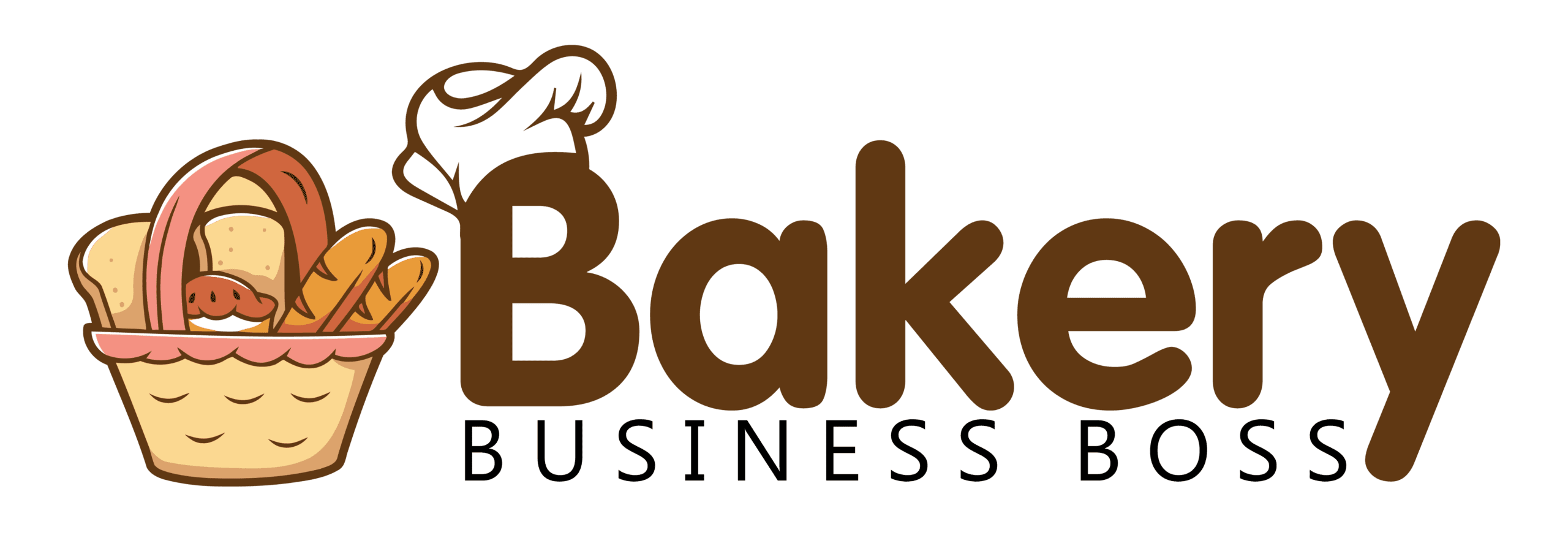There are multiple steps to learning how to start a vegan bakery. The food industry involves not only knowing how to cook great food, it also involves understanding what constitutes “vegan”, the various parts of running a business, locating a structure, complying with regulations for making and serving food, and so much more.
Learning how to start a vegan bakery requires knowing the definition of vegan, learning to bake using vegan ingredients, good restaurant food prep and procedures, being informed about food sales regulations and meeting licensing requirements, knowing the equipment your will need and obtaining it, selecting a name for your bakery, writing a solid business plan, obtaining an employee ID number, select a good location and rent/build/ or buy a place of operations, advertising, a good mission statement, and finally opening your doors with great food that everyone will enjoy.
Whew! That’s a tall order. Let’s begin at the beginning and see what it would take to start a vegan bakery.
Fourteen Steps to Starting a Vegan Bakery.
Vegan cooking is a challenge, and vegan baking is an even steeper learning curve. Let’s plunge in and take starting a vegan bakery one step at a time.

- Discover what constitutes vegan food. A vegetarian diet focuses on a vegetable-based diet that does not include meat, or meat by-products, but does allow the use of animal related food groups, such as milk. A vegan diet is also vegetable based, but does not allow the use of any animal products, including milk or eggs. Without going into the philosophy, the dietary work-arounds to prevent vitamin deficiencies, or social implications, precluding milk and eggs – especially eggs – makes baking a challenge. Fortunately, yeast, even though a yeast colony is a collective of single-celled beings, is not prohibited as part of a vegan diet. Indeed, since wild yeast is found on the surface of almost every fruit or vegetable, prohibiting its consumption would be difficult.
- Learn how to bake using vegan ingredients. Baking is kitchen chemistry. No, let’s rephrase that. Baking is chemistry. A successful baker of any kind combines a list of ingredients in a specified order in particular amounts. Even if you watch a grandmother throw together a bunch of ingredients seemingly almost at random and come up with the most delicious cake you have ever eaten, she is using her experience, her knowledge of how much of each ingredient is required, and her understanding of the order of combining the ingredients to develop an edible product.
- Bread. Of all the baked products, bread is probably the easiest to make vegan. Vegetable oil or vegetable shortening behaves in baked products in much the same way as animal fats. The flavor will be different, but the results will be similar. Even if you decide that the idea of cooking with microorganisms is unappealing, baking soda, ashes, and similar ingredients will do a nice job of leavening your bread or crackers.
- Cookies. These are more difficult to make vegan because eggs are frequently a major ingredient. In cookies, eggs create a binder for the other ingredients, and they are partially responsible for the rising action that makes them into a chew, tasty treat instead of hardtack or ship’s bread. Fortunately, applesauce, bananas, or even cooked beans can create an alternative ingredient – but you can’t just substitute a like amount for an egg. Other ingredients will also have to be adjusted to create a product that is not only edible, but so tasty that your customers will come back for seconds.
- Cakes. Here we are into the greatest difficulty, especially when preparing angel food, or sponge cake. Egg whites are often an essential part of making the product light and fluffy. Milk combines with flour and eggs in a special chemical reaction that creates chewy, sweet treats. While there are vegan “milk” versions, they simply do not respond in the same way. You might say that cakes are the absolute penultimate challenge when it comes to vegan baking.
How to Open a Bakery With No Money
Don’t take my word for it. Go into your kitchen and whip up a batch of black-bean brownies. You’ll see what I mean almost right away. But don’t worry. Other cooks have tried it before you and there are reliable vegan cookbooks that will help guide you through the process of converting from vegetarian baking to vegan baking. One particularly good one is The 100 Best Vegan Baking Recipes by Kris Holechek Peters. She guides you through the why as well as the what, while adding those 100 recipes. Once you have finished this basic cookery book, Amazon has several others you can try before embarking on inventing recipes of your own.

- Learn good restaurant food preparation and presentation procedures. Attend a few classes at a community college, or work for a while in fast food or formal dining restaurants. Take notes, read, and keep track of what you learn.
- Be informed about regulations concerning handling and management of food for sale. While there are some general guidelines that will be consistent regardless of location, others might vary. Ask your local chamber of commerce for their licensing requirements.
- Make lists of the bare minimum equipment that you will need to prepare large amounts of food. Go back to your notes about restaurant food preparation and your local food prep regulations for help with this one.
- Research local regulations for businesses in general, and restaurants or bakeries in particular. Know your competition – observe what seems to work and what does not.
- Select a catchy name for your bakery. You want something that sounds as tasty as your baking will be. Select carefully, because it will be going on all your paperwork, and you for sure don’t want to have to change it.
- Write a solid business plan, detailing all phases of your operation from initial expenses to advertising and selling your product. This is essential to getting a business loan, or even for talking up your business to friends and family members to see if they will be willing to back you. Besides, it will help you consolidate what you expect of your business.
- Get an employee ID number, because you are going to need to hire at least one helper, possibly more. While you are at it, hire a first-rate accountant or business manager if you can. That person will be worth their weight in time and money saved. You’ll also want your employer ID number for filing the correct payroll paperwork, and at tax time.
- Select a good location for your business. They might come to you if you build it, but they need to know where it is. They are a lot more likely to purchase your wares if you are conveniently situated to their business or school.
- Set up your location for operations. Roll up your sleeves, clean to the shine, install your equipment, get your ingredients, and start baking!
- Have a reliable system of advertising, especially in the beginning, but ongoing as well. See number ten…they won’t come if they don’t know you exist.
- Share your mission statement and your goals with your employees and develop small incentives to keep them onboard with developing those goals. Your mission statement should be part of your business plan – see number eight. It doesn’t have to be grandiose. In fact, it can be something as simple as “Our goal is to create the best baked goods you will find anywhere, and they will be vegan.”
- Open your doors and share your great products with all your hungry customers. Some will already be vegan, and others might be persuaded to be vegan at least parttime because of your great food. Or they might just enjoy your vegan preparation because they taste good, requiring no other reason for chowing down at your establishment.

In the final analysis, becoming vegan is a philosophical statement. It is a way of saying “Do no harm, live well without hurting others.” The good news is that it doesn’t have to taste like ship’s biscuits and beans, or hardtack and peanut butter. With a little bit of hard work and planning, your vegan bakery just might make a few converts – even if all they are converted to is shopping at your store.
How to Find the Best Location for your Bakery
Frequently Asked Questions
That is a really good question, and the answer is that it can be nutritious, but that it is probably going to be different. In some cases, it might even be more nutritious, especially if you are adding vegetables instead of eggs. Don’t get me wrong, eggs are nutritional power houses – they have to be to grow baby chicks. Fortunately for your fledgling business, baked goods are rarely the primary foundation of dietary nutrition.
Yes, they absolutely can. They can taste every bit as good as a standard baked good, and possibly even better. This is why, however, that you need to know how to make the things you sell – even if your employees do the actual cooking.
To learn more on how to start your own bakery business check out my startup documents here
This blog post is provided for informational purposes only. The information contained is not intended to constitute legal advice or to substitute for obtaining legal advice from a qualified attorney.

About the author. Entrepreneur and Bakery Business Fan.
Hi! I am Shawn and I am a happy individual who happens to be an entrepreneur. I have owned several types of businesses in my life from a coffee shop to an import and export business to an online review business plus a few more and now I create online bakery business resources for those interested in starting new ventures. It’s demanding work but I love it. I do it for those passionate about their business and their goals. That’s why when I meet a bakery business owner, I see myself. I know how hard the struggle is to retain customers, find good employees and keep the business growing all while trying to stay competitive.
That’s why I created Bakery Business Boss: I want to help bakery business owners like you build a thriving business that brings you endless joy and supports your ideal lifestyle.

